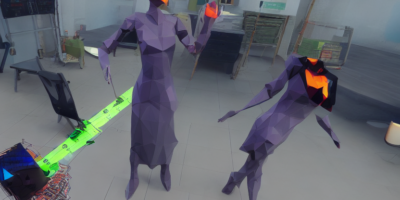
Computer Science, Machine Learning
Bridging the gap between complex scientific research and the curious minds eager to explore it.
Page 133/179
LLaMA-2, the next generation of LLaMA. Meta trained and released LLaMA-2 in three model sizes: 7, 13, and 70 billion parameters. The model architecture remains largely unchanged from that of LLaMA-1 models, but 40% more data was used to train the foundational models. The accompanying preprint also mentions a model with 34B parameters that might be released in the future upon satisfying safety targets.

Computer Science, Machine Learning

Computer Science, Computer Vision and Pattern Recognition
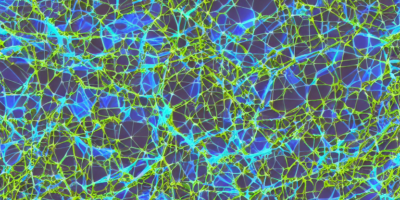
Computer Science, Computer Vision and Pattern Recognition

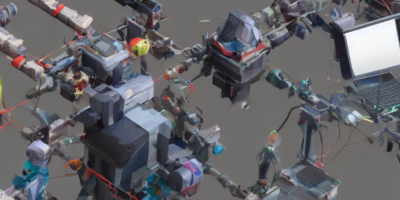
Computer Science, Computer Vision and Pattern Recognition

Computer Science, Machine Learning

Computer Science, Data Structures and Algorithms

Computer Science, Human-Computer Interaction
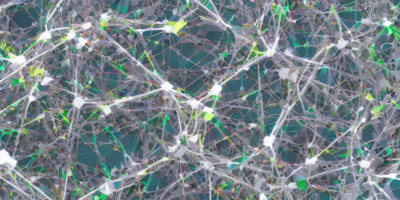
Computer Science, Machine Learning

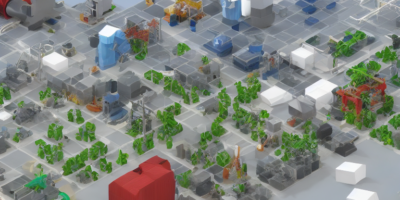
Computer Science, Machine Learning

Computer Science, Machine Learning
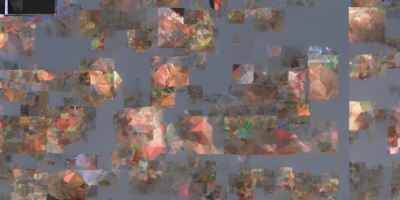
Computer Science, Computer Vision and Pattern Recognition

Electrical Engineering and Systems Science, Image and Video Processing
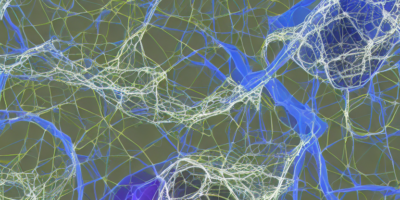
Electrical Engineering and Systems Science, Image and Video Processing

Computer Science, Machine Learning

Computer Science, Machine Learning

Computer Science, Computers and Society

Quantitative Biology, Quantitative Methods

Computer Science, Machine Learning